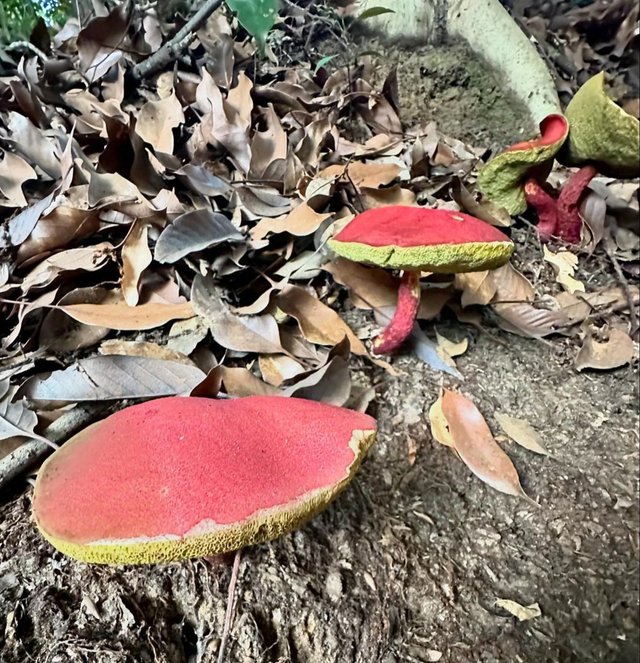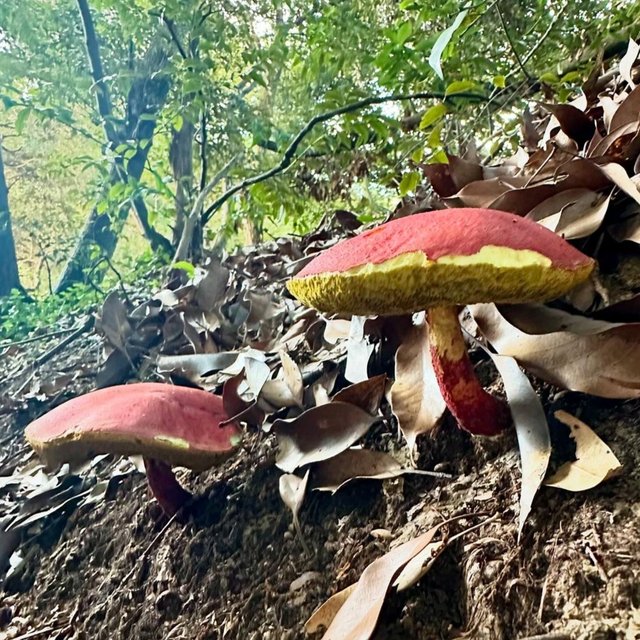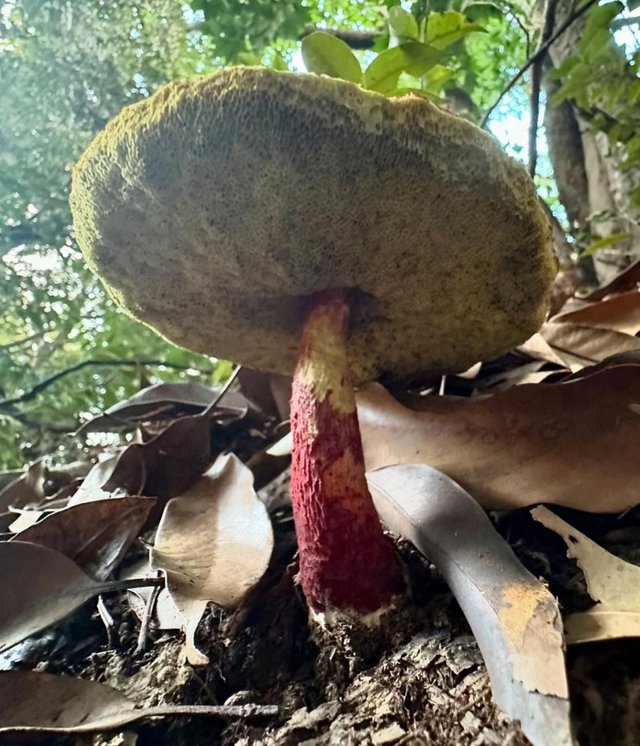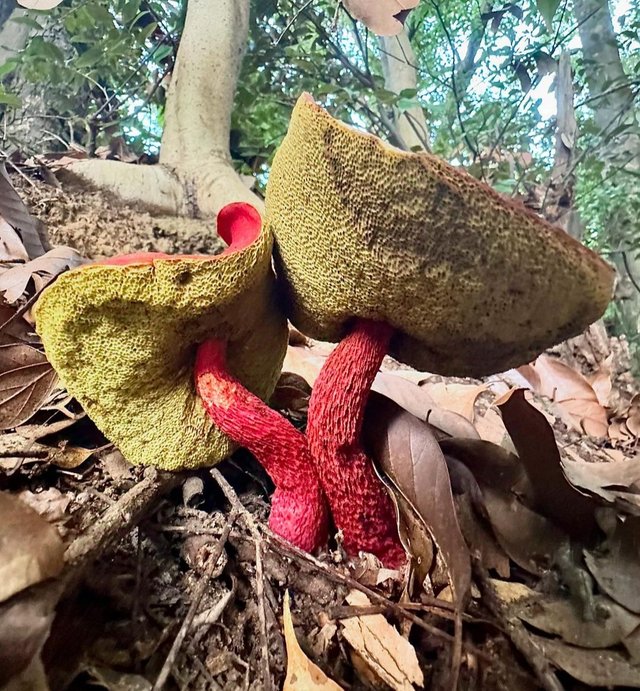So Beautiful Fungi
Fungi are an extraordinary and diverse kingdom of organisms, often overlooked but essential to life on Earth. They occupy a unique position in the tree of life, neither plant nor animal, and their roles in ecosystems, human life, and the planet's functioning are far-reaching. Let's delve into the fascinating world of fungi, exploring their biology, diversity, ecological significance, and interactions with humans.
What are Fungi?
Fungi belong to their own kingdom, distinct from plants, animals, and bacteria. They are eukaryotic organisms, meaning their cells have a defined nucleus and organelles. While they were once classified alongside plants because they grow in the ground and often have a stationary existence, fungi differ in several fundamental ways.
One of the primary differences is their mode of nutrition. Unlike plants that photosynthesize, fungi are heterotrophic, meaning they cannot produce their own food. Instead, they absorb nutrients from their surroundings, typically by breaking down organic matter. This is done through the secretion of powerful enzymes that decompose complex materials like wood, leaves, or even the remains of dead animals, turning them into simpler molecules that the fungi can absorb.
Structurally, most fungi exist as a network of thread-like cells called hyphae, which form a mass known as a mycelium. The visible part of a fungus, such as mushrooms, molds, or yeasts, is often just a small reproductive portion of the larger, hidden mycelium.
Diversity of Fungi
Fungi are incredibly diverse, with over 100,000 known species and estimates suggesting that the actual number of fungal species could be in the millions. They range from microscopic, single-celled organisms like yeast to large, complex mushrooms that can span several feet.




Thanks For Reading
Device Information
| Device | Redmi Note 10 Pro |
|---|---|
| Lens | 64 mp |
| Location | Bangladesh |
